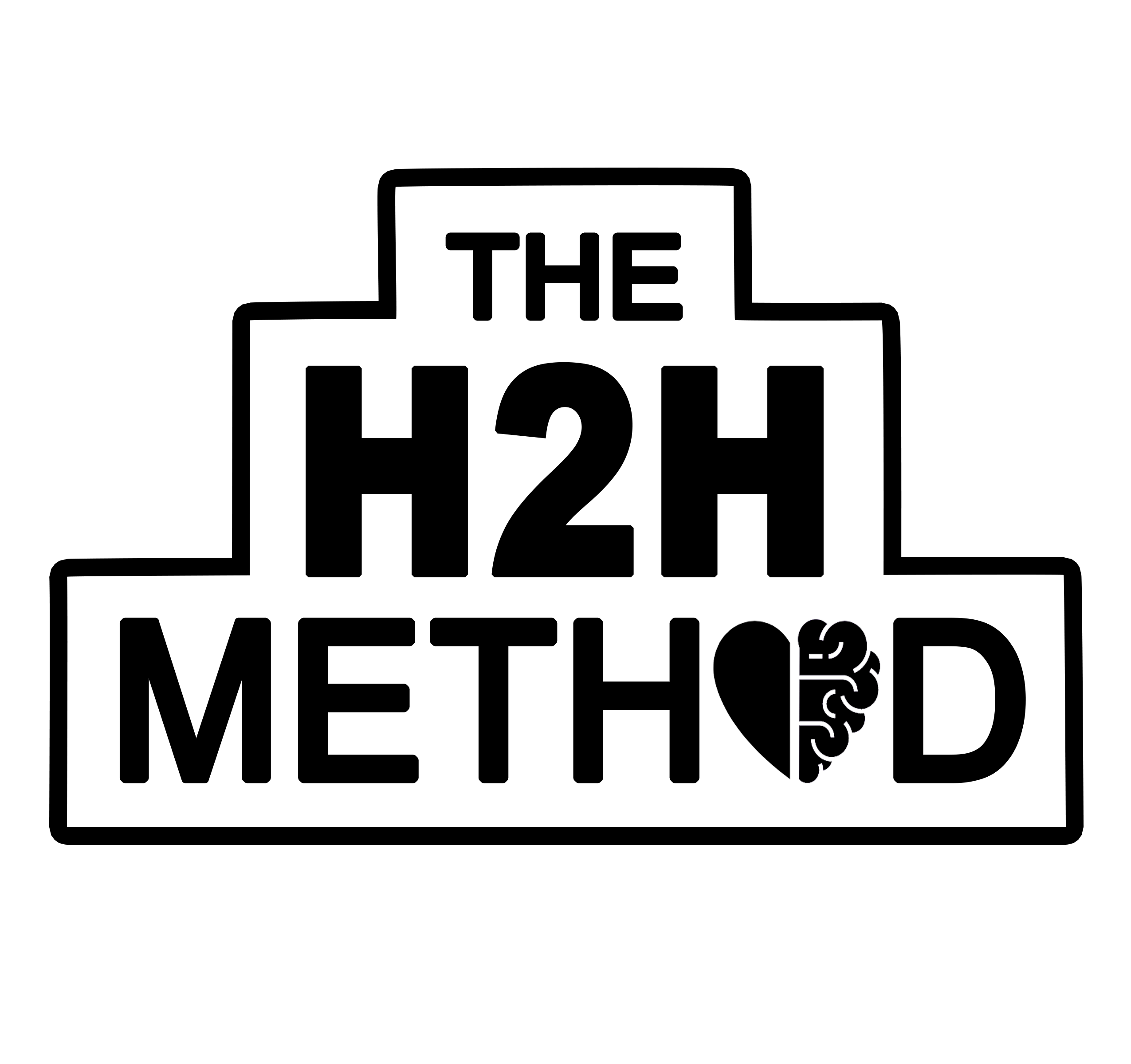What do the basics of a successful cold call script framework look like?
FIRST, A BACKSTORY
So scripts are a bit of an obtuse topic in cold calling. If you ask one what they think of when they think of cold call scripts, they say it’s what my boss gives me on a napkin. Ask another and they say it feels like they’re at a play run by 5th graders interacting awkwardly. Ask again and it doesn’t matter, NO ONE is looking forward to read that script!
Quality and natural cold call scripts may be one of the banes of our sales profession.
The problem? No one truly taught us. Not to mention sales was never taught at the university level (let alone high school) until the last 15 years, the only resources our sales people have had are well, left to the whims of experience by failure, trial by fire. It’s no wonder there is so much pride in those salespeople who have made it work, as they found their own path shaped by a combination of prospect feedback and their own personality tweaks.
This is the adventure I (apprehensively) decide to embark on back in 2017. I was writing cold call scripts for companies and training, but only based on the typically range of experience that any sales pro can claim – 1-4 companies of experience. I could only shape my answers based on those 4 experiences. So when people asked if I would call for them, I knew that while it may be a beast of an operation, it quite possibly be the only way to master what no one else had done – how to cold call at the highest relative rates for every major industry in every major US-B2B marketplace…
And enter The H2H method. After testing and testing, our 1st three frameworks were developed. The consultative framework below was the first developed, as it was from multiple markets we were having success with utilizing. We’d place the offering knowledge into the framework, and with a couple iterations of wordsmithing, WALAH! Success. We created the 4 Core Components from this framework. These primary components can be shifted around to create different frameworks, but ultimately need to be touched on each call to ensure the same level of quality. I’ll talk about those at a later date!
Anywho, enough with history. Let’s get into the CCF, or, The Consultative Conversation Framework.
The primary use is if you call people who are behind a desk or don’t hear from cold callers or products like yours much, try this framework that 60% our clients start with:
THE CONSULTATIVE APPROACH (CCF)
🟣Intro: Statement of who you are and a quick description of what you do
“This is Ryan from SHP (ADD OPTIONAL OPENER HERE).
We have USA based cold callers that set appointments for you”
—
🟣Discover Question: Get them in a conversation by asking a question that both gets them talking and helps you understand their familiarity with the offering arena you’re calling about
“Do you have anyone cold calling or considered adding on to your current team?”
[IF YES/IF NO IS PERFECTLY FINE. EITHER ONE WINS]
—
🟣Offer to Value: Connect what you offer to the value. How do you get there? If a product, talk features & benefits; if a service, talk process that leads to benefits
“So the way it works is we give you an account management team member that acts as our outsources sales manager. The will help build your target market and craft your script. We’ll meet with you regularly to refine the campaign. This process can typically generate 1 to 100 leads a month to you depending on your project size and industry.”
🟣 Discovery Q’s 2: Ask re-engagement questions based on direction and flow of conversation such as “What do you do currently?” Or, “How many leads do you need monthly for your goals?”
—
🟣 Ask for Next Step: The reason for the call is for a meeting, web registration, follow up with a demo video, etc. Just ask.
“Reason I’m calling is to see if we can set up a call to show you our process a bit more visually and provide you with a few recordings to hear our team to see how they would fit for you… How is [TIME]” etc.
—-
🟣 Qualifying Questions: Ask a few extra objective questions that help prepare for the meeting and help solidify your intentions while creating accountability in the mind of the prospect. THE MOST important step for quality.
This framework is so effective because if you can get out of those 1st seven seconds, you have a high chance of getting some type of next step. It is “sparking-product-interest” focused, and creates real offering value in the mind of the prospect by going back and forth between statement-question-statement-question, ending with lead solidifying qualifying questions that lock in the accountability and interest with the person you’re talking to.
Give this one a shot or let me know if you’d like to see a sample from your industry!
In high performance and high trust,
Ryan P
